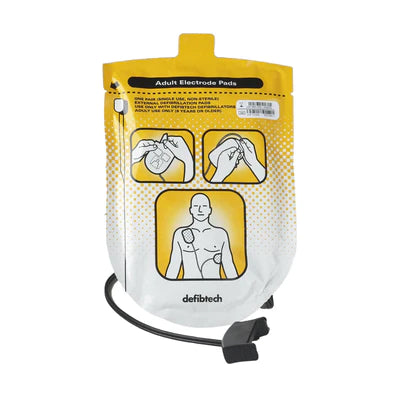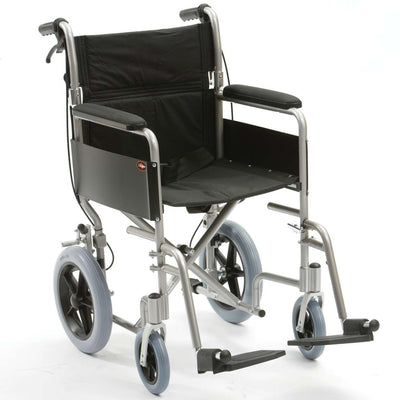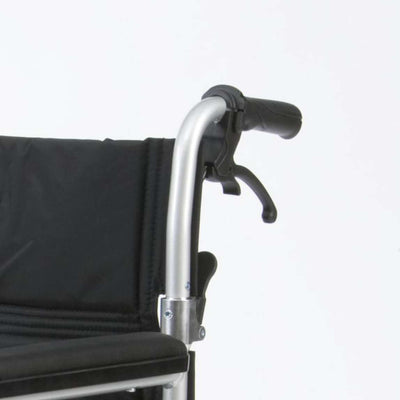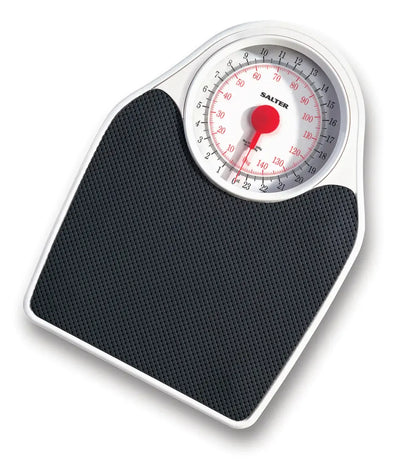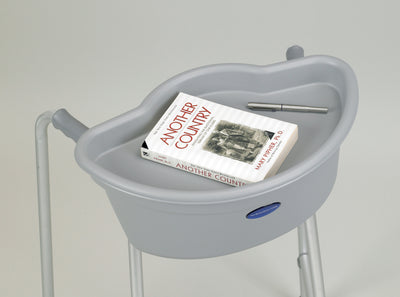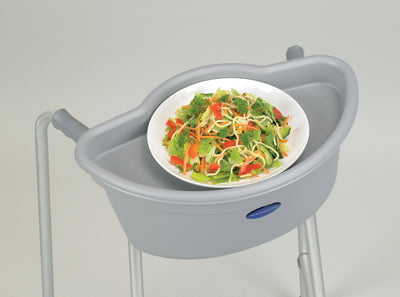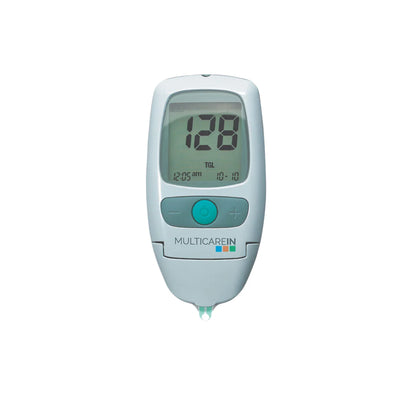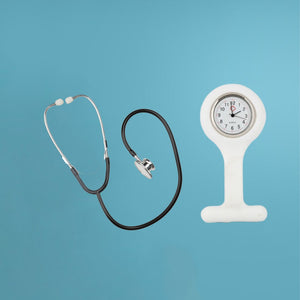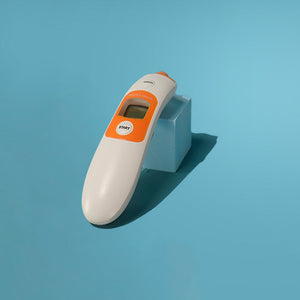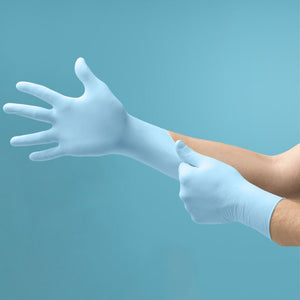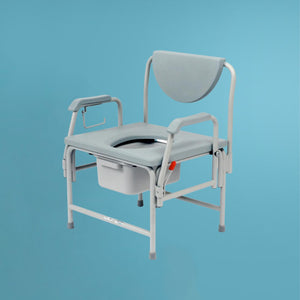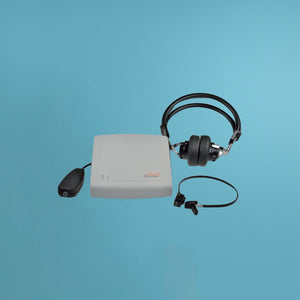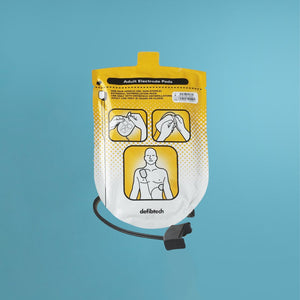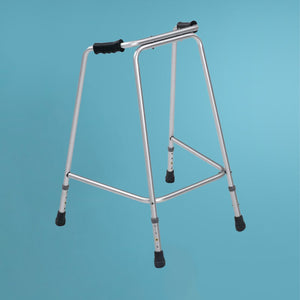Blood Clots or deep vein thrombosis (DVT), are serious, potentially life-threatening conditions so it’s important to know how to recognise the symptoms.
Early diagnosis, as with many conditions, opens up more options for treatment and lessens the likelihood of the clot becoming fatal.
Here are the four telltale signs that you should keep an eye out for if you’re concerned about developing DVT. These 4 symptoms are most likely to occur in your legs, but can appear in the arms or much less frequently in the neck, pelvis or liver.
Swelling
DVT occurs when the flow of blood through the veins is obstructed by a clot. Blood then builds up or pools in the vessel and makes the area around it swell. The most common place to find a DVT developing is in a deep leg vein or in the larger vein that runs through the muscles of the calf and the thigh. Sometimes they can occur in the abdomen or the pelvis.
Change in skin colour
The area where the swelling or clot has developed might start to change colour - often it will become red and inflamed or even take on a veiny blue hue. In some cases the skin has simply discoloured by going paler and pallid. A change in skin colour of any sort in the leg or arm in particular could be an indication of deep vein thrombosis.
Pain
When the clotted area has swollen it could also start to cramp or throb. Leg pain like this can feel like an odd tightness under the skin, perhaps like a pulled muscle or just a general ache. Often pain or throbbing will come alongside the area feeling warm to the touch.
Difficulty with breathing
In the most serious situations (1 in 10 DVTs), the blood clot will leave the legs and start to move to the lungs, causing the patient to experience difficulty breathing and sometimes to develop a bad cough.
This could be a very serious sign that a pulmonary embolism has happened and must be treated with immediate medical attention - especially if you’re having any of the other three symptoms and you’re experiencing chest pain alongside the breathing problems.
Long term risk factors of developing a DVT
You are most at risk of developing a blood clot or deep vein thrombosis if you:
- Are overweight
- Have had a DVT before
- Smoke
- Aged over 60
- Take the contraceptive pill
- Have cancer or heart failure
- Have varicose veins
Short term risk factors of developing a DVT
There are some shorter term/temporary scenarios that make you more at risk of developing a DVT, including:
- Being confined to bed or recovering from an operation that leaves you mostly immobile
- Going on a long journey (more than 3 hours) by plane, car or train
- Pregnancy or if you’re given birth in the last 6 weeks
- Dehydration
In these shorter term cases you might consider wearing a support stocking or anti-embolism compression socks to help prevent DVT or blood clots as a result of temporary inactivity and extra pressure on the body.
Need more help? We're always here to help so get in touch today.
For all your Medical and Homecare supplies give us a call at Mediworld.
We have over 40 years experience in medical, surgical, mobility and home health supplies and we're always on hand to chat if you need support or advice and don't forget to read our other great health blogs!
August 2022


